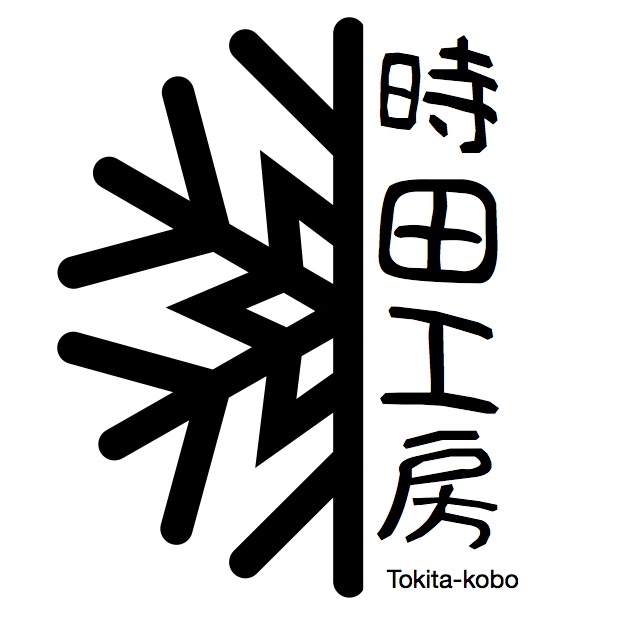Tsumami Zaiku is a traditional Japanese craft that transforms small squares of fabric—usually silk—into intricate floral motifs and decorative ornaments. With a technique as delicate as the name suggests (tsumami means “to pinch” and zaiku means “craftsmanship”), this art form has been cherished for centuries as a symbol of elegance and precision.
The Origins and History

Tsumami Zaiku dates back to the Edo period (1603–1868), where it first flourished in the court culture of Kyoto and among high-ranking samurai families. It was most famously used to create kanzashi—hair ornaments worn by women, particularly maiko (apprentice geisha) and geisha.
Each flower design carries seasonal meaning. For instance, plum blossoms are worn in February, cherry blossoms in April, and chrysanthemums in autumn. A full kanzashi set could include dozens of tsumami flowers arranged with dangling petals and symbolic motifs.
During the Meiji and Taisho eras, Tsumami Zaiku began to spread beyond geisha districts, and today it’s appreciated as a cultural craft taught in workshops, passed through generations, and adapted for modern accessories.
How It’s Made


The technique involves:
- Cutting small squares of thin fabric, traditionally silk.
- Folding each square into petal shapes using tweezers—either round (maru-tsumami) or pointed (ken-tsumami).
- Arranging and gluing or stitching the petals into floral forms like sakura, chrysanthemum, or peony.
- Attaching to a base like a hairpin, brooch, or ornament.
Each creation demands careful attention to symmetry, proportion, and color harmony. It’s not only a craft—it’s a form of meditation in movement.
Tsumami Zaiku Today


Modern Tsumami Zaiku is no longer limited to traditional hair accessories. Today, it appears in:
- Brooches and earrings
- Kimono obidome (帯留め) and obi clips
- Home décor items
- Wedding accessories
- Children’s festival hairpieces
A Link Between Past and Present
Tsumami Zaiku isn’t just beautiful—it’s a tangible connection to Japanese history, seasons, and cultural identity. Each petal tells a story. Each finished piece carries the care and tradition of generations before us.
